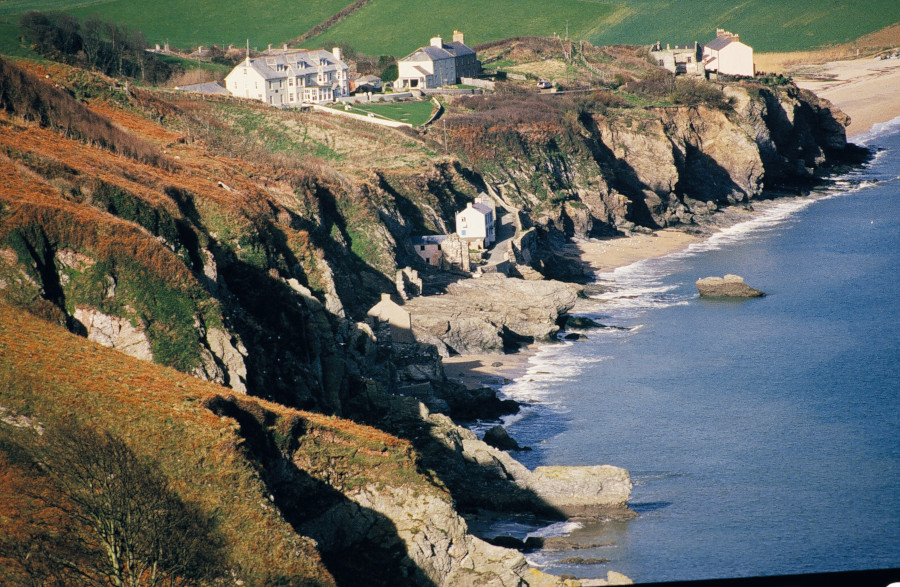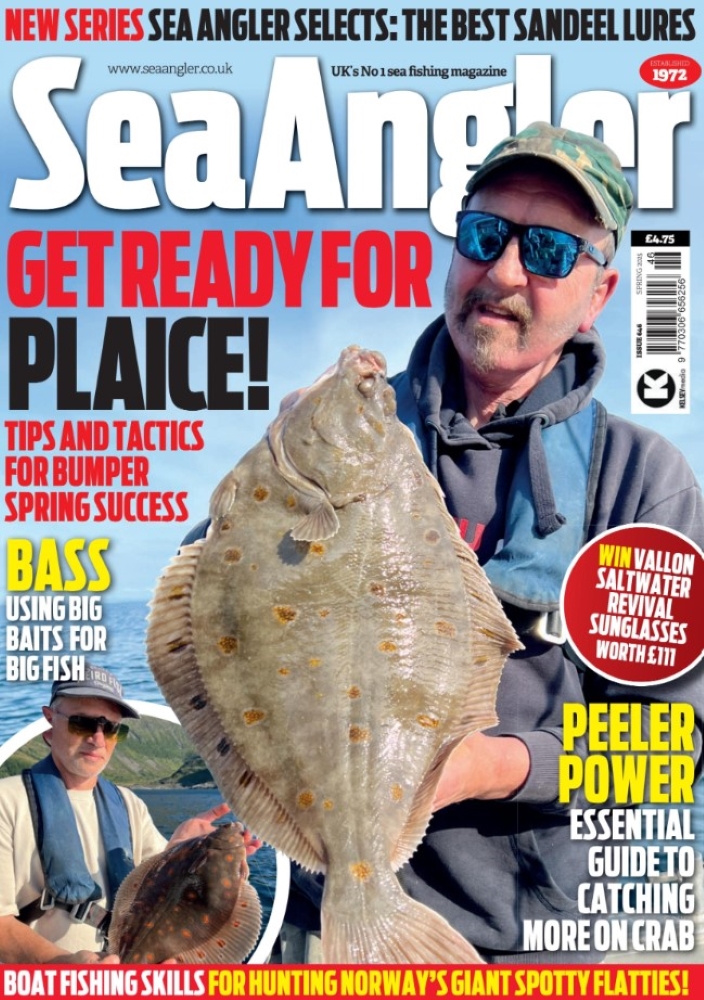Mike Millman continues his coastal tour around the best fishing venues in Devon and Cornwall.
With the exception of Lannacombe, the area under review is east facing from Start Point to East Gate and comprises eight-and-a-half miles of sand coves and free open beaches that are joined when the tide is flooding and access is denied between them.
LANNACOMBE BAY
It is a top-rated venue for a variety of species ranging from plaice and dab, from May on to late autumn, and codling, whiting, pouting, the occasional flounder and greater and lesser dogfish during the colder months. Facing Lannacombe Bay, of turbot fame, the beach is the best opportunity to add this iconic species to your catch CV. Winter fishing is good for all the season’s species.
START POINT
The walk down to the cove on its north is long but well worth the effort as the small beach attracts small eyed ray and the occasional blonde shows up and, if you are lucky you can make contact with a black bream.
In 2018 the area’s reputation was dramatically enhanced by a spurdog of 23lb 2oz that became the British (shore category) Record. Its quality can be judged from a previous record at the Chesil Beach of 16lb 12oz, a retrospective claim from 1964. The rocky areas of the point have an abundance of ballan wrasse and you won’t have much difficulty in achieving a four pounder.
HALLSANDS & BEESANDS
The cove beaches of Hallsands and Beesands come next in this long stretch of magnificent coastline. Both offer similar species of flatties in the summer and autumn months, whiting and codling from November on. The longest stretch of beach is that of steep shelving Slapton that begins at Torcross where a mere 75 metre cast will, when the tide is flooding, put a bait in up to 30ft of water. In 2017 the beach produced a British record garfish of 3lb 9oz 8dr for Plymouth angler Chris Davey.
Slapton’s biggest cod was a cracker of 29lb and I have noted at least three more that were in the 20lb class, but codling is really the order of the night. The central area of the beach in the vicinity of the memorial column produced most of these fish, and plaice to 2lb 11oz have also come from this mark.
Slapton and Beesands have been used by Wyvern since its formation in 1964 (now a marine arm of the Angling Trust) for its Annual Shore Championship usually held on the first or second Sunday in January. It is an event that often attracts in advance of 100 entries with 172 being the record number from all parts of the region.

SLAPTON
Slapton was made famous for all the wrong reasons in 1944 when it became a training ground for the United States Army in preparation for the invasion of Normandy. A Sherman Tank that was lost from a landing craft a few hundred yards beyond the low water mark was recovered in the 1980s and became a fitting memorial to the 900 or so men who lost their lives in Exercise Tiger.
The tank recovery divers had a problem as it had become home to a number of conger eels, the largest judged to be 80lbs. By all accounts anaesthetic was pumped in to render them docile and aid removal – all survived. Today the Sherman is displayed in the Torcross Car Park where it has attracted many veterans from America who attend memorial services held there. n







